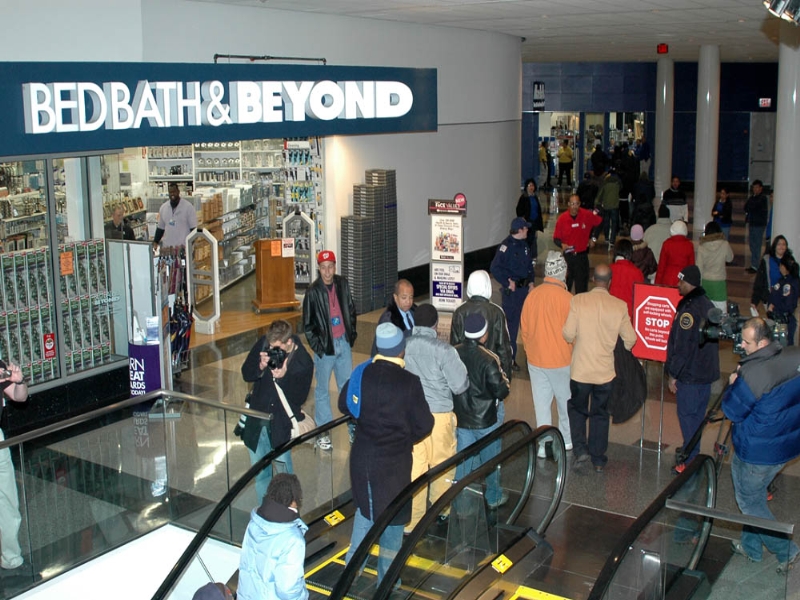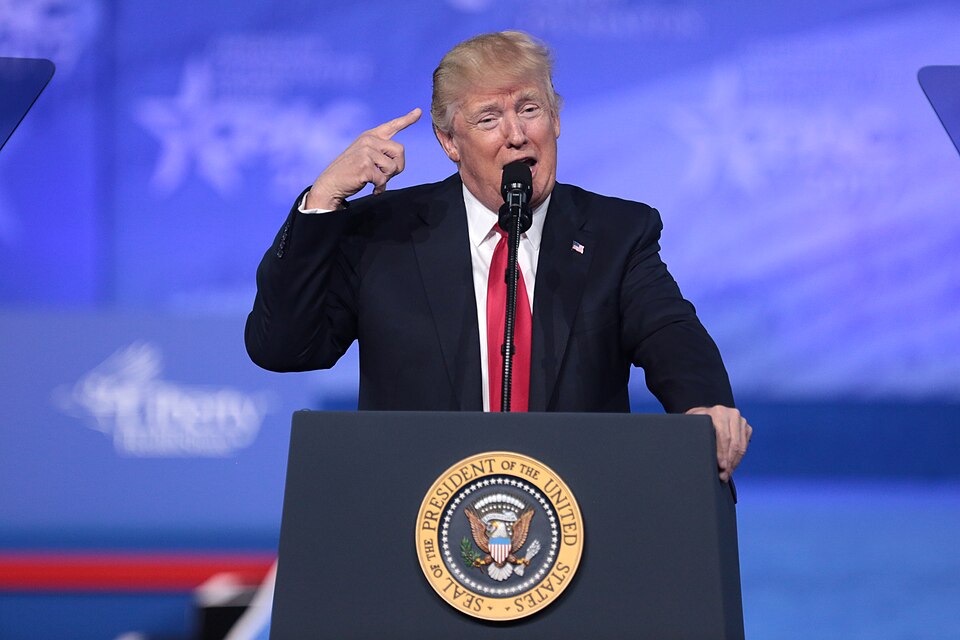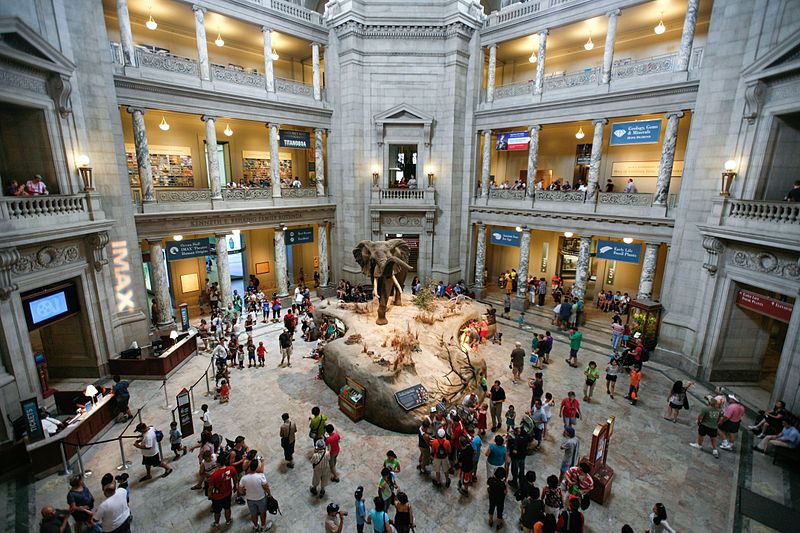
Black Friday retail spending in the U.S., both online and in stores, increased by 3.4% compared to the previous year, according to preliminary estimates from payments processor Mastercard.
Shoppers took advantage of deals the day after Thanksgiving, signaling a strong start to the holiday shopping season.
Online Sales Surge, In-Store Sales Remain Steady
E-commerce sales on Black Friday jumped 14.6% year-over-year as consumers hunted for bargains online, while in-store sales saw a modest 0.7% increase, according to Mastercard SpendingPulse. This metric measures U.S. retail sales through Mastercard’s payment network, including estimates for cash and check payments.
The holiday season officially kicked off with retailers fiercely competing for customers seeking discounts.
Corey Coscioni, a 58-year-old shopper in the Chicago area, balanced online and in-store shopping, visiting stores like Bloomingdale’s, Macy’s, and Anthropologie. “While waiting in line, I’ll be shopping [online],” he said, buying gifts for his wife, daughter, and himself.
Holiday Season Spending Expected to Rise 3.2%
Mastercard SpendingPulse forecasts a 3.2% increase in overall holiday spending from November 1 to December 24 compared to last year. These estimates exclude automotive sales and are not adjusted for inflation.
“Black Friday was a good indicator of how the holiday season is positively shaping up,” said Michelle Meyer, chief economist at Mastercard Economics Institute.
Mixed Sales Performance Among Retailers
Department stores like Macy’s and Kohl’s, as well as big-box retailer Target, are expected to face challenges this season due to a shorter holiday period with only 26 days between Thanksgiving and Christmas. Data from Facteus, which tracks consumer credit and debit card transactions, showed flat year-over-year sales at retailers like Best Buy and Target on Black Friday.
Meanwhile, e-commerce platforms saw strong performance as shoppers increasingly used mobile phones, laptops, and other devices to make purchases. This trend benefits giants like Amazon and Walmart, with Walmart investing heavily in store-to-home deliveries to boost its online sales.
Emerging e-commerce platforms like Shein, Temu (operated by PDD), and TikTok Shop also experienced notable growth in sales during the week leading up to Black Friday, Facteus reported.
Online Spending Hits Record Highs
Adobe Analytics reported that U.S. online spending on Black Friday reached approximately $10.8 billion, a 10.2% increase from last year. Popular online purchases included makeup, skincare, haircare products, Bluetooth speakers, and espresso machines. Adobe's data is based on over 1 trillion visits to U.S. retail websites.
Salesforce, another analytics firm, reported that U.S. online sales rose 7% on Black Friday to $17.5 billion. Shoppers showed a preference for home appliances and furniture, according to Salesforce, which tracks over 1.5 billion global shoppers.
Inflation’s Role in Spending Growth
The reported spending increases are not adjusted for inflation, meaning higher prices contributed to some of the growth. Nonetheless, the rise in spending reflects a robust start to the holiday shopping season, with e-commerce leading the way. Photo by Gridprop at English Wikipedia.



































































